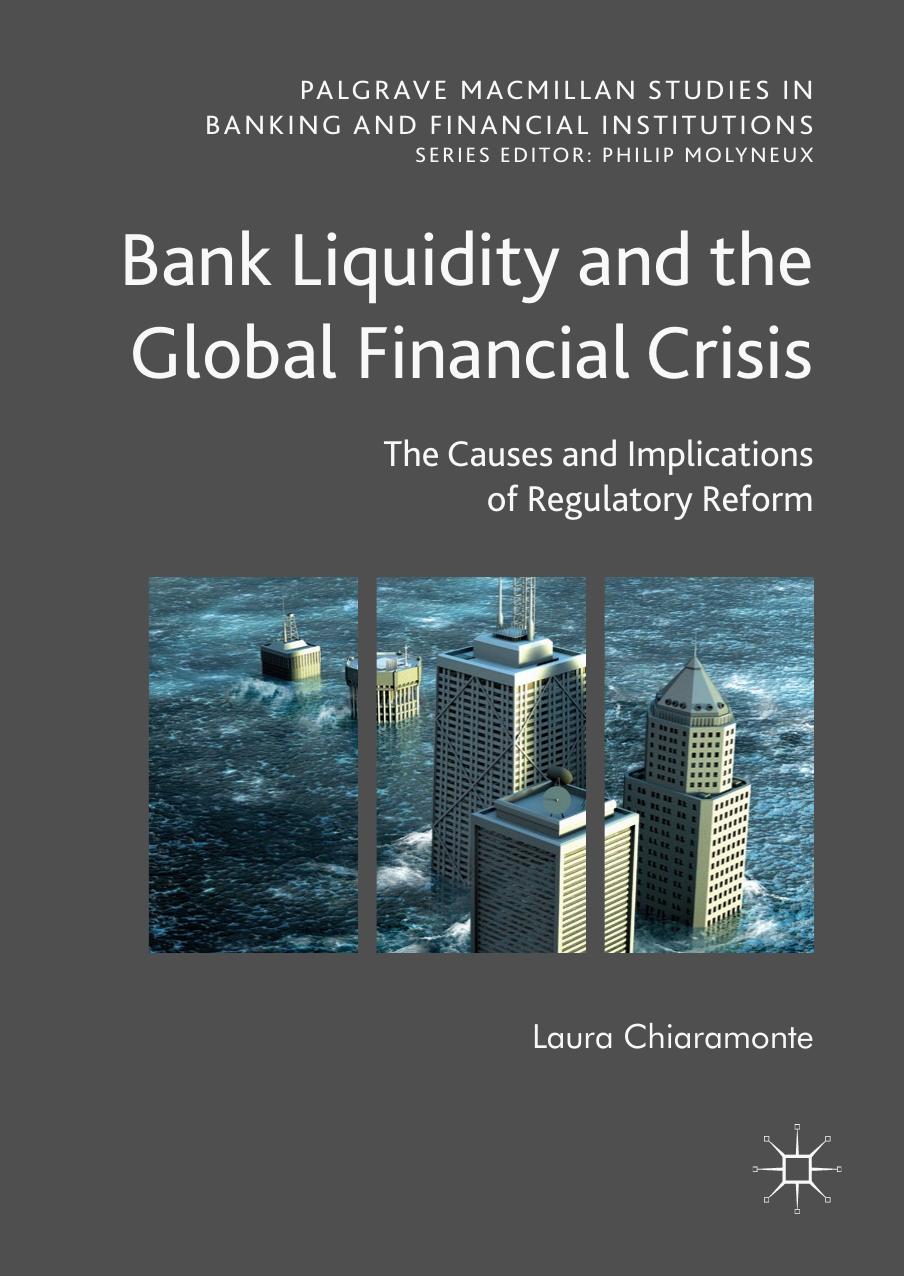Bank Liquidity and the Global Financial Crisis by Laura Chiaramonte

Author:Laura Chiaramonte
Language: eng
Format: epub, pdf
Publisher: Springer International Publishing, Cham
4.5 The Functioning of the Interbank Market During the Financial Crisis
For almost half a century, interbank markets were considered an example of efficiency and self-regulation. Liquidity was abundant, counterparty risks were deemed irrelevant: monetary authorities were able to govern the level of interest rates along nearly the entire maturity curve. 28 A strong contribution to the deposit supply and demand mechanism was given by the implicit guarantees offered by central banks and by the related market perception that no institution in major systemic countries would be allowed to fail due to international cooperation between the different monetary authorities.
The subprime mortgage crisis abruptly ended the favourable phase of limited variability and low-risk premiums, triggering the reorganization of monetary and financial markets. In the new configuration, tensions were rife in the interbank deposit market with an increase in spreads for bank bonds, indicating a higher funding cost for banks. Since August 2007, an unexpected increase in liquidity demand by banks, to meet their commitments to SIVs and for precautionary purposes, added to the perception of growing counterparty risk, caused tension on interbank markets. Uncertainty regarding the creditworthiness of each interbank counterparty is associated with both the opacity of some markets, particularly where credit derivatives (such as CDSs) shown in the Financial Statements of some banks are traded, and the consequently difficult evaluation of toxic securities (ABSs and CDOs) and the potential losses linked to these bonds.
The low liquidity of structured credit instruments and the issue of credit risk identification and measurement increased the difficulties of assessing counterparty risk and created initial tensions on the interbank market, immediately manifested in the form of a drop in the volumes traded, the increase in interest rates beyond short maturities, and flight to overnight, i.e. the concentration of volumes on overnight maturities. In the initial phase of the crisis, monetary policy rates and interbank market began to significantly diverge, irrespective of the will of the central banks.
Therefore, the gradual paralysis of interbank exchanges was not due to specific technical shortcomings in the trading markets but to a sharp drop in confidence among banks themselves, unwilling to lend each other funds for other than short periods due to the fear of becoming involved in the crisis of the debtor bank and/or to disclose to the market, or simply raise the suspicion of weakness in their liquidity position, via the trades they put on the table.
During the crisis, at least as far as the Italian market is concerned, episodes of distrust did not concern depositors, but the banks themselves. The diminished confidence in interbank market operators was not reflected solely in the reduced duration and volume of deposits and the greater selectivity of counterparties (as shown by the fall in exchanges between national and foreign intermediaries on an unsured basis), but led to a revision of the operation, which now involves both a greater use of collateralized loans and forms of bargaining through bilateral auction mechanisms or between a limited number of counterparts (request for quote, RFQ), as introduced by some electronic trading platforms.
Download
Bank Liquidity and the Global Financial Crisis by Laura Chiaramonte.pdf
This site does not store any files on its server. We only index and link to content provided by other sites. Please contact the content providers to delete copyright contents if any and email us, we'll remove relevant links or contents immediately.
International Integration of the Brazilian Economy by Elias C. Grivoyannis(90627)
The Radium Girls by Kate Moore(11921)
Turbulence by E. J. Noyes(7935)
Nudge - Improving Decisions about Health, Wealth, and Happiness by Thaler Sunstein(7613)
The Black Swan by Nassim Nicholas Taleb(7009)
Rich Dad Poor Dad by Robert T. Kiyosaki(6398)
Pioneering Portfolio Management by David F. Swensen(6226)
Man-made Catastrophes and Risk Information Concealment by Dmitry Chernov & Didier Sornette(5921)
Zero to One by Peter Thiel(5684)
Secrecy World by Jake Bernstein(4640)
Millionaire: The Philanderer, Gambler, and Duelist Who Invented Modern Finance by Janet Gleeson(4374)
The Age of Surveillance Capitalism by Shoshana Zuboff(4209)
Skin in the Game by Nassim Nicholas Taleb(4161)
Bullshit Jobs by David Graeber(4094)
The Money Culture by Michael Lewis(4073)
Skin in the Game: Hidden Asymmetries in Daily Life by Nassim Nicholas Taleb(3929)
The Dhandho Investor by Mohnish Pabrai(3698)
The Wisdom of Finance by Mihir Desai(3649)
Blockchain Basics by Daniel Drescher(3495)
